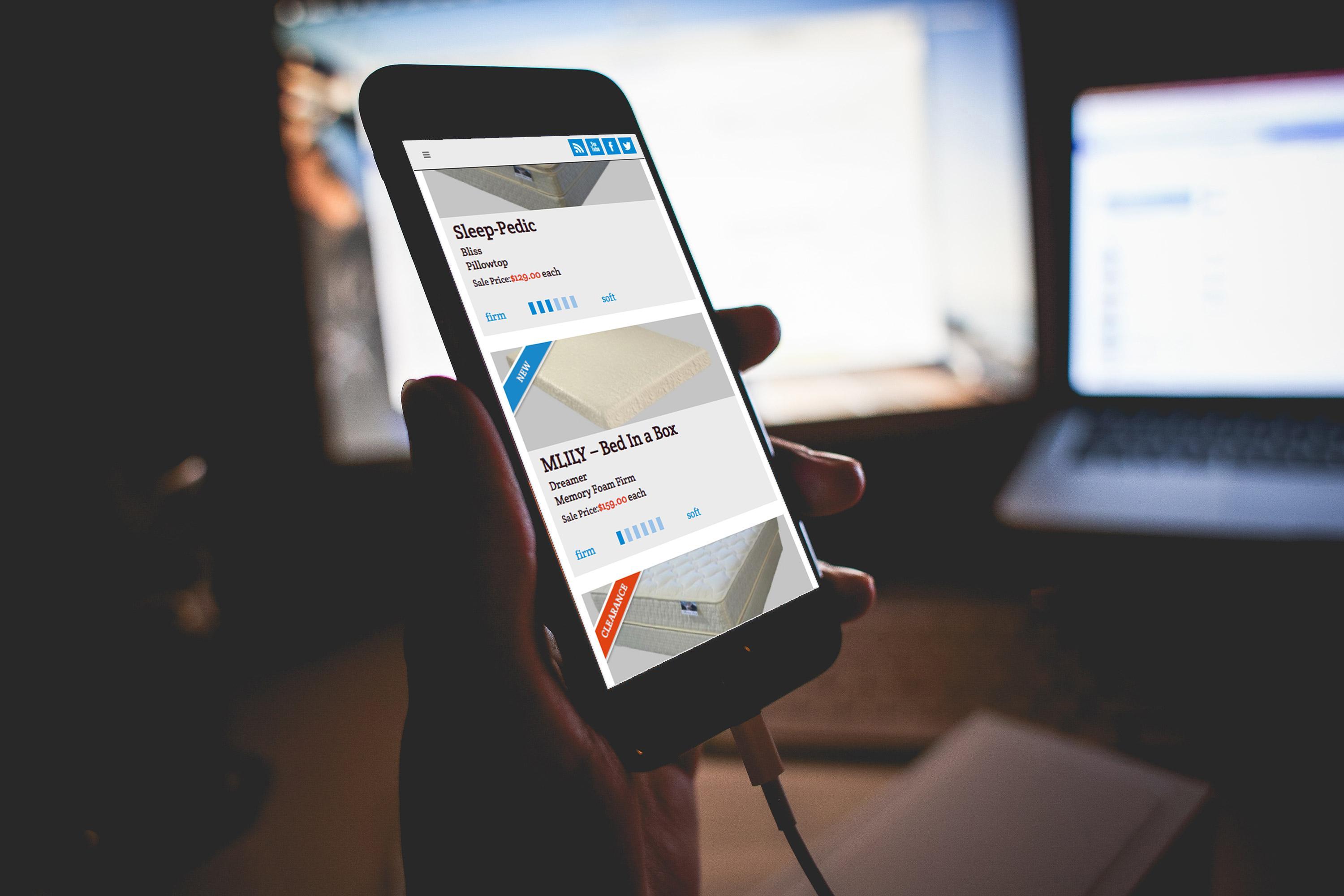If you pay any attention at all to what’s going on in the world of SEO, you’re probably familiar with accelerated mobile pages—or, as they are more commonly known, AMP. For the uninitiated, here’s a speedy synopsis: AMP is effectively a coding language that allows for websites to be designed with speed in mind, ensuring that, when the site is opened on a mobile device, it loads quickly. AMP matters because more and more search engine queries are happening on mobile devices, and users don’t want to wait for their content to load; Google, meanwhile, takes loading times into consideration when determining rankings, and AMP content is now being indexed by Google’s algorithms—meaning it’s a good way to enhance your website’s mobile SEO.
That’s the birds-eye view, and it may sound pretty straightforward—but of course, we haven’t yet touched on a significant issue: How exactly do you develop AMP content? This is a big topic, but we can provide you with a few starting points and suggestions.
Some Tips for AMPing Up Your Content
If you’re designing your own site, make sure you choose a content management system that supports AMP. Wordpress and Joomla, the most popular CMS’s, can accommodate AMP, making them good options.
Understand that some content is a good fit for AMP, and some isn’t. Google typically recommends AMP for content that is static in its nature, not necessarily content that is interactive or dynamic. Keep this in mind as you think about making AMP content.
Take it one page at a time. You don’t have to switch your entire website to AMP right away; beginning with just a couple of static, evergreen pages—an About page, an FAQ, etc.—might make a good beginning.
Make sure your pages are valid. Google doesn’t accept all accelerated mobile pages, but rather the pages that are proven to be “valid.” Going through the validation process will ensure that your efforts are not wasted. Here’s a quick guide.
Don’t expect a big rankings increase overnight. Simply converting to AMP is not in and of itself a ranking factor—but enhanced loading time—combined with the lighting bolt icon next to your entry—may lead to more clicks, and to improved rankings in the long run. Give it some time and don’t expect a major breakthrough right away.
Always make fast loading times your goal. Even if you choose not to go the AMP route, you can still make an effort to ensure that your pages load quickly. Try to open your site on a number of mobile devices, and see if you can get them up and running within a couple of seconds. If not, think about removing images, videos, etc. that might be slowing the speed.
Designing Websites with SEO in Mind
Another suggestion: Talk with some Web design pros about creating pages that are made for speed, accessibility, and ultimately for rankings. We’d love to chat with you about all this and more. Contact the enCOMPASS team at your convenience.
SHARE THIS ARTICLE:



